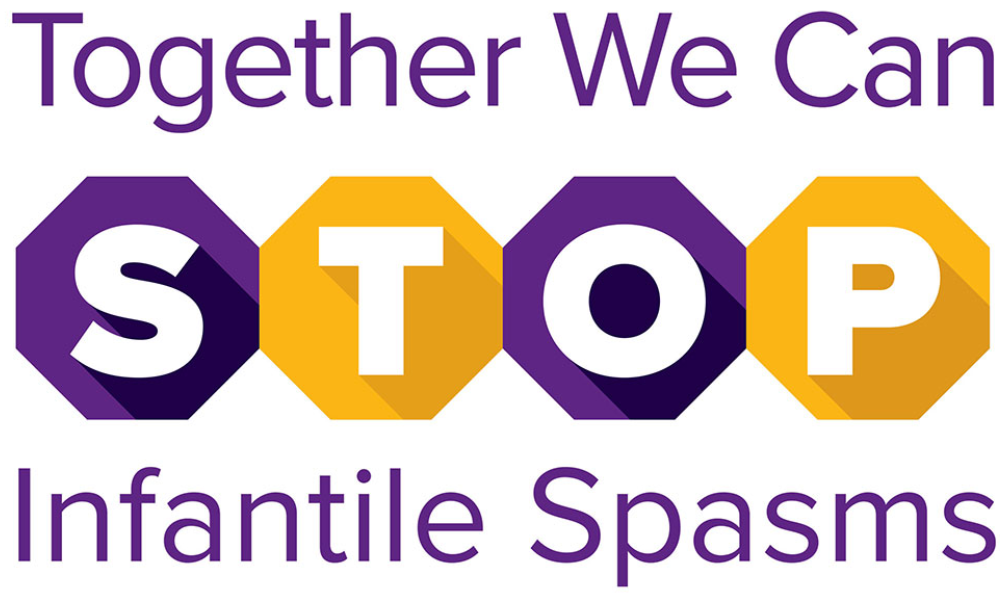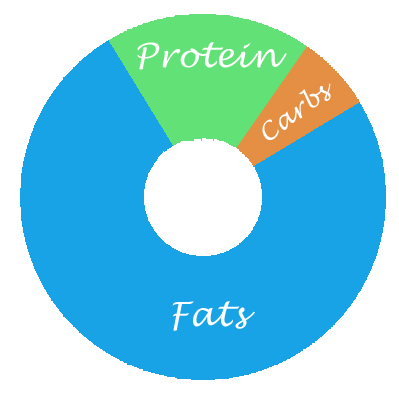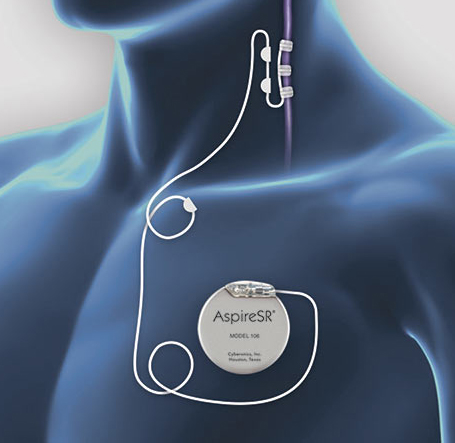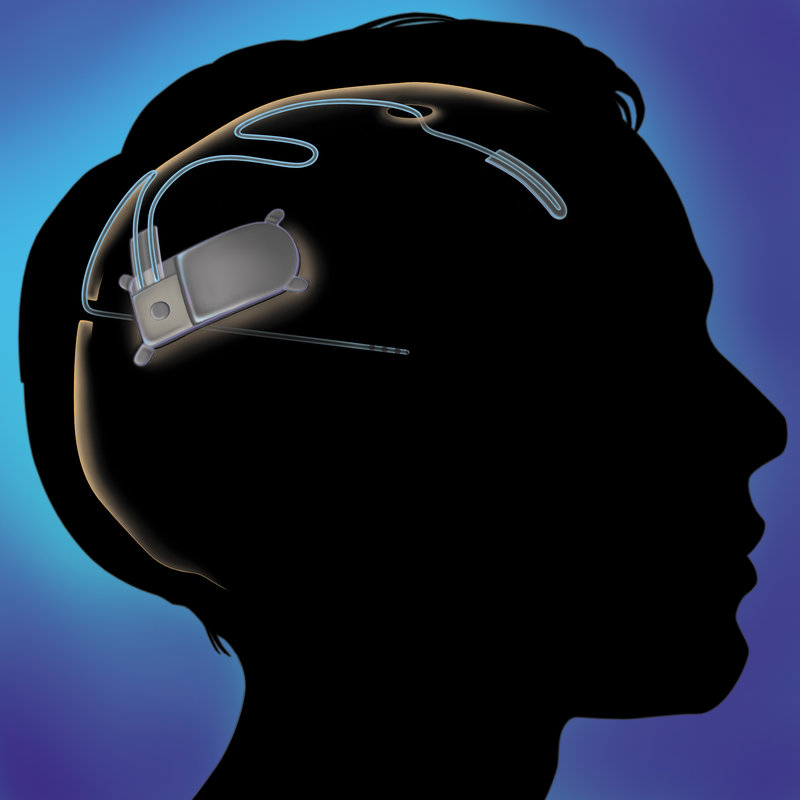Understanding how individuals and families living with Lennox-Gastaut Syndrome struggle with epilepsy. Seizures associated with LGS are often hard to control. See how you compare to others in the Lennox-Gastaut Syndrome community, find resources to help manage seizures and contribute to valuable research.
 Important! Infantile spasms (IS) are a common seizure type in Lennox-Gastaut Syndrome, and occur in up to 35% of infants with LGS. If left untreated, it can result in a delay of developmental milestones, the loss of previously acquired skills, and permanent intellectual disability.
Important! Infantile spasms (IS) are a common seizure type in Lennox-Gastaut Syndrome, and occur in up to 35% of infants with LGS. If left untreated, it can result in a delay of developmental milestones, the loss of previously acquired skills, and permanent intellectual disability. 

